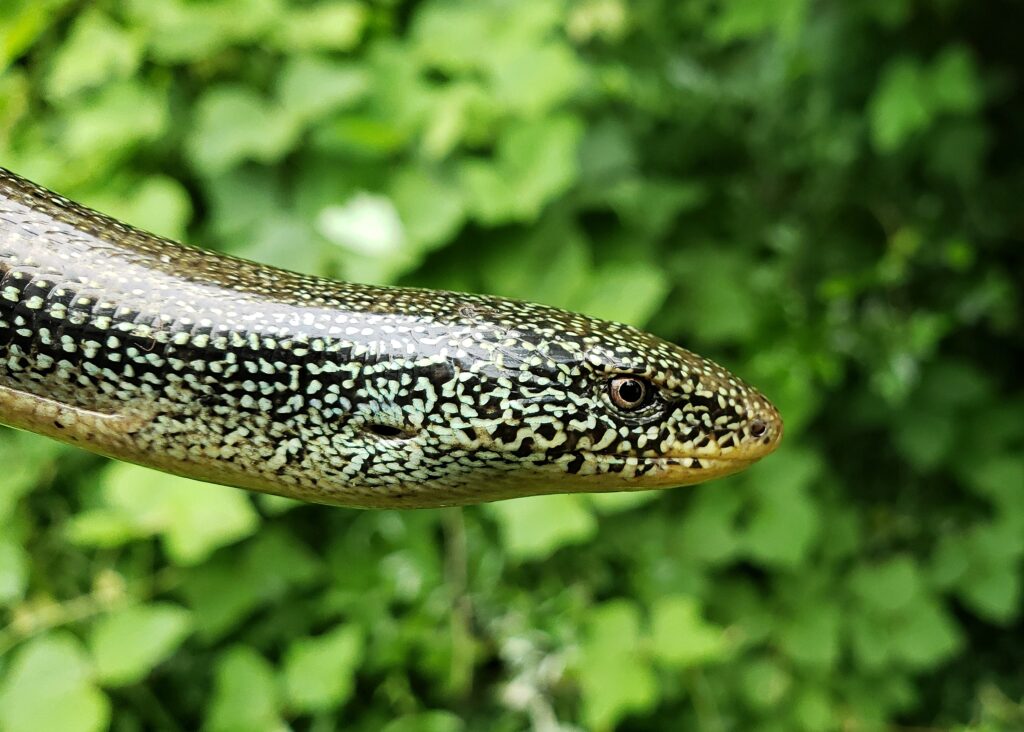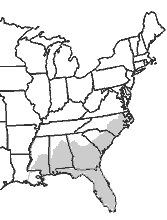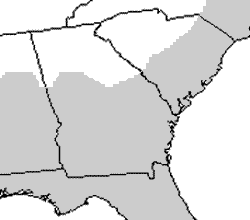Eastern Glass Lizard (Ophisaurus ventralis)



Photos by Amanda Hurst and J.D. Willson unless otherwise noted
Description – Eastern glass lizards are a type of legless lizard that has a similar appearance to snakes. They are different from other legless lizards because they lack a dark stripe down the center of their back and often lack stripes altogether. Younger males and females may have dark side stripes, while adult males are often drab green with white speckles. White dash marks can be seen on the necks of some adults and young. The underside is bright yellow to cream in appearance. The brown tail tip on many lizards is the result of regenerated tails.
Range and habitat – The eastern glass lizard occurs throughout most of the southeast. They are primarily found throughout the Coastal Plain and in the Piedmont. They are normally found in pine flatwoods but can be found in wetter habitats such as the edges of freshwater wetlands, salt marshes, and beaches.
Habits and behavior – Eastern glass lizards are diurnal, meaning that they are active during the daylight, especially in the morning. They are great burrowers! They love to dig in sand and loose soil. They can be observed at night, especially after heavy periods of rain and floods.
Prey – Eastern glass lizards have a broad diet made up of spiders, insects, crabs, snails, bird eggs from ground-nesting birds, small mammals, snakes, and lizard eggs. They are cannibalistic and will eat smaller individuals.
Reproduction – Their mating hasn’t been extensively studied. It is thought that they breed in early spring. Females lay a clutch of 4-15 eggs which are laid in late spring to early summer. She does exhibit some maternal behavior by staying with her eggs until they hatch 60 days later, but will not defend her nest.
Conservation status – Eastern glass lizards are abundant throughout their habitats. There are no specific threats to this species except for widespread development which may destroy their natural habitat.
Pertinent References:
Gibbons, W., Greene, J., and Mills, T. 2009. Lizards and crocodilians of the southeast. University of Georgia Press.
Account author: K. M. Ford
